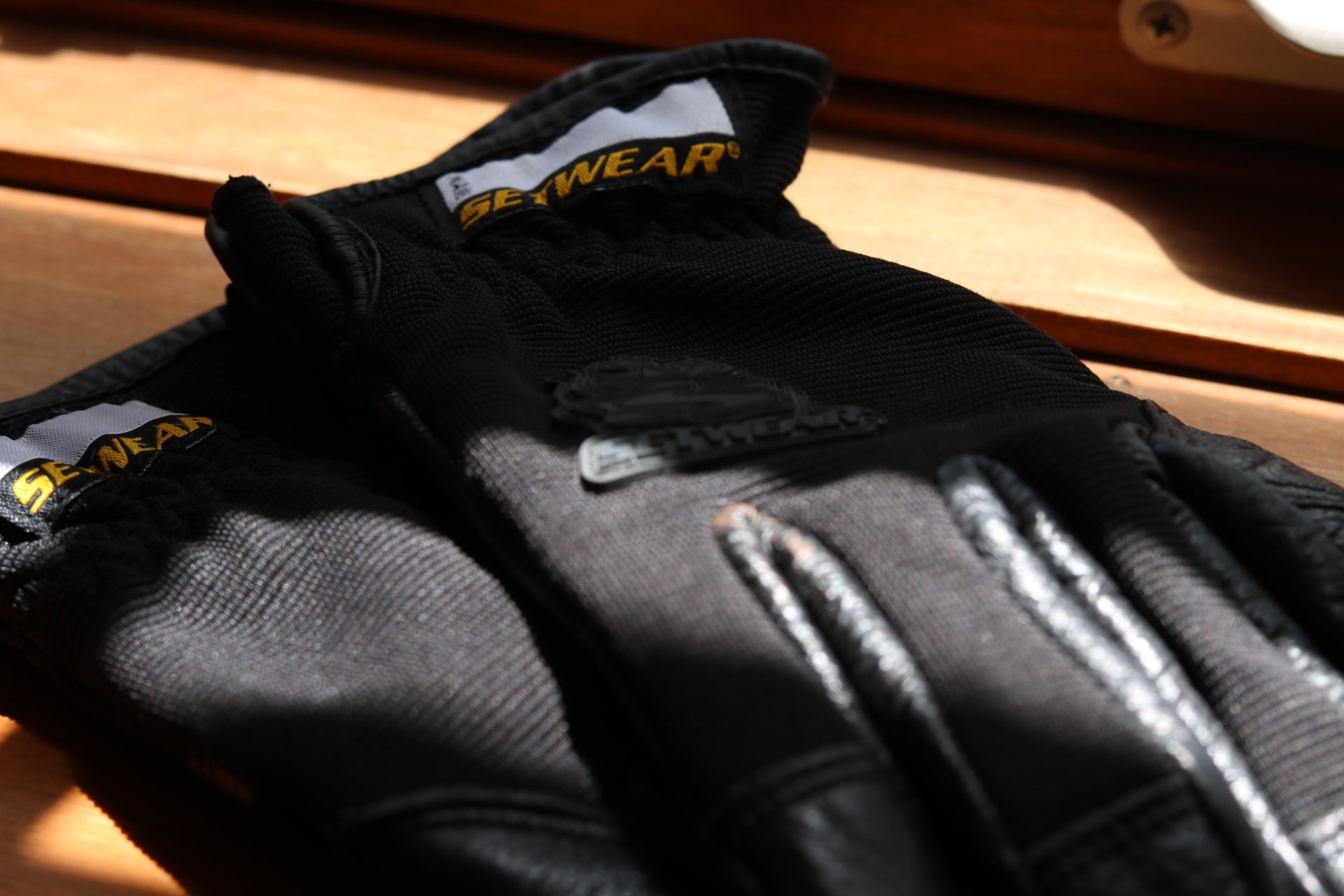Striking: Top Tools for Grips
If you’ve been following me or my blog for a while now, you probably know that I’m working to establish myself as a producer in the film industry. However, working G&E was where I actually got my start in the industry having worked multiple features, shorts and commercial projects as a grip. Today I thought it would be fun to take a break from the producing talk and share the five tools I think everybody should purchase when getting started as a grip.
5) Headlamp
This is a piece of equipment I only made the mistake of not having on set once and regardless of what department you’re working in you really should get yourself a quality headlamp. Many times, as a grip you will find yourself filming into the night, working inside dark interior locations or even just wrapping out of a location after the sun has gone down. Having a headlamp allows you to have the necessary light to do your job while not restricting you like a flashlight or phone does. You’re also able to quickly turn it off and on as needed for when the cameras are rolling. Trust me, you don’t want to be that person that is trying to find something in the dark or pack everything away without a light source.
4) Rain Gear
Very few movies are shot completely indoors, and even fewer movies are lit completely indoors. Usually as a grip you will find yourself spending a lot of time outdoors, whether its running to the truck to get something, fire-watching the gear, or even just being the grip chosen to stay outside to adjust the lights, flags and whatever else you might be using. Having rain gear, whether it’s a poncho, raincoat or waterproof shoes, can be a life saver. I’ve had my fair share of shoots where either a surprise rain shower moved in, filming took longer than expected and the storm arrived, or where you’re making it rain for the scene in the film, all of which involved me getting wet. It’s never fun working in wet clothes, especially if you have a long day ahead of you so knowing you can stay dry while on set is always reassuring.
3) Multi-Tool
It’s the duct tape of hand tools and one of the most useful on a film set. When kitting yourself out for G&E work I highly recommend having a multi-tool on your belt. There are countless ways this will come in handy on set depending on what you're doing. Potential uses include cutting gels/diffusion, tightening screws on stands and lights, and much more. Most sets I find myself using at least the knife or scissor attachment, screwdriver ends and the pliers option. So, take time to find a good multi-tool. If you can’t find a good one in time for a shoot a good substitute can be a pocketknife. You can’t do as many things with it, but you’ll find yourself pulling it out quite a bit.
2) Carabiner
This might seem like an unexpected one, but it can be a super important piece of gear. The two biggest things I find myself using a carabiner for on set is 1). to keep track of the keys to the grip truck. Being able to always know where they’re at and have quick access if you need to hand the key off to someone is a lifesaver. 2) Hanging things from your belt. This could include likes rolls to gaff or paper tape or safety chain while you’re rigging equipment as well as strapping into a harness system. Having a quick on and off point that you know will stay secure and won’t break or snag easily is very helpful to have on set. You can also find carabiners in several sizes depending on the needs you have which is helpful as well.
1) Grip Gloves
Sharp edges, pinch points and hot metal are all things you encounter on a daily basis working G&E. That’s why my #1 recommendation for gear you should have as a grip are a set of gloves. There’s lots of brands out there, everything from work gloves from the local farm supply store to film brands such as Set Wear. Personally, I’ve used Set Wear gloves for four years now and have been very happy with the quality and how they’ve held up. A big thing to note is to make sure you are buying ones that have good heat resistance. Several times on set I’ve been called in because my gloves can handle the heat of changing out scrims or adjusting barns doors while the gloves the other grip had couldn’t. So, take the time, do the research and be willing to spend the money on a pair of gloves because they’ll become your best friend on set.
There you have it. My top five pieces of gear everyone should have when starting in G&E. From here, there’s a multitude of things you can buy to be more prepared for surprises on set or to make your job easier, especially once you know if you’re going to focus more on the grip side or the electric side.
What did you think of my list? Is there something different you would have included in your top five for someone to get? Comment below with your thoughts.




